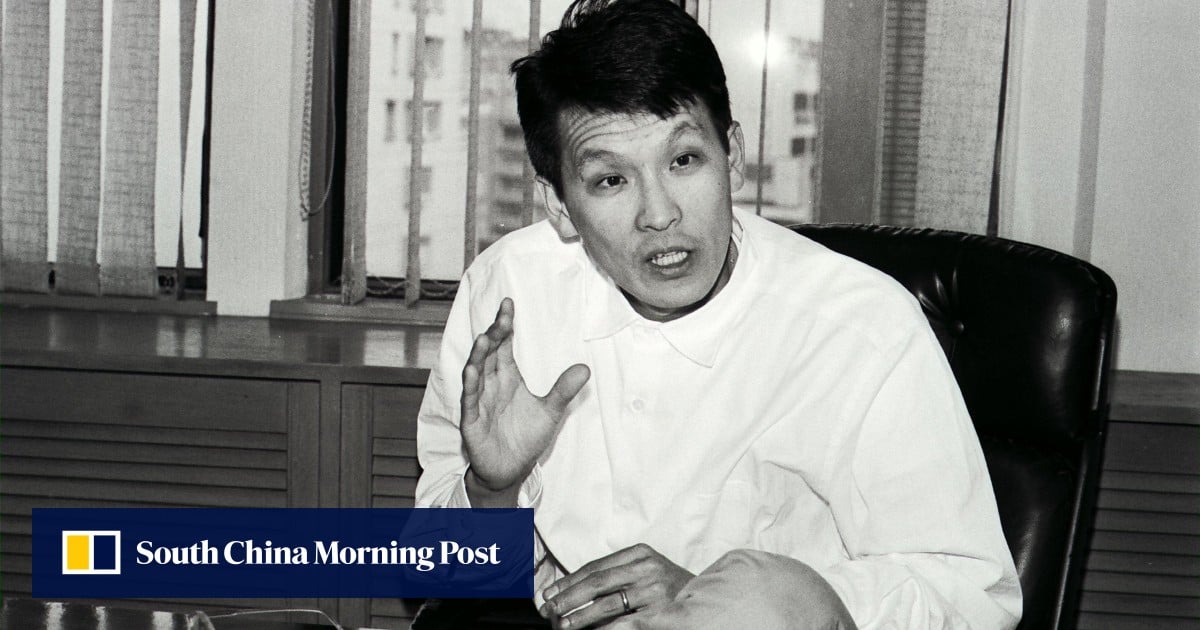His second film, Chan Is Missing (1982), an independent film that loosely focuses on the search for a missing friend, was the first Asian-American film to garner attention in the US.
Let’s hear it for these Johnnie To, Ringo Lam, Lau Kar-leung action movies
Let’s hear it for these Johnnie To, Ringo Lam, Lau Kar-leung action movies
Wang conceived the film as an experimental piece, but it evolved into one that drew on the real people and real conversations he’d experienced in San Francisco’s Chinatown. A schoolroom scene, for instance, was shot with a real teacher and students, in a school where Wang was teaching.
The film is quirky, individual and enjoyable, in the manner of American independent cinema of the time. It played in 250 cinemas in the US and put Wang on the map as a director.
“I got offered a lot of different studio projects and bigger movies, but I just didn’t feel comfortable doing that – I wasn’t ready to do that stuff,” he told Garcia.
Chan Is Missing was not the first Asian-American film, but “it was simply the one that got noticed”, says Kris Montello, programming manager for the New York-based Asian-American International Film Festival.
“American films had visited Chinatown before, in Lady from Shanghai and, well, Chinatown. But in Hollywood, Chinatown’s citizens were never the focus – it was just used as a seedy backdrop for the loose morals and lost souls of crime pictures.
“Chan Is Missing reckons with that history, while also portraying the real humans that live there – they are more than just background extras hanging around dark alleys, opium dens and noodle shops. It calls attention to the Asian identity both in reality and in the movies.”
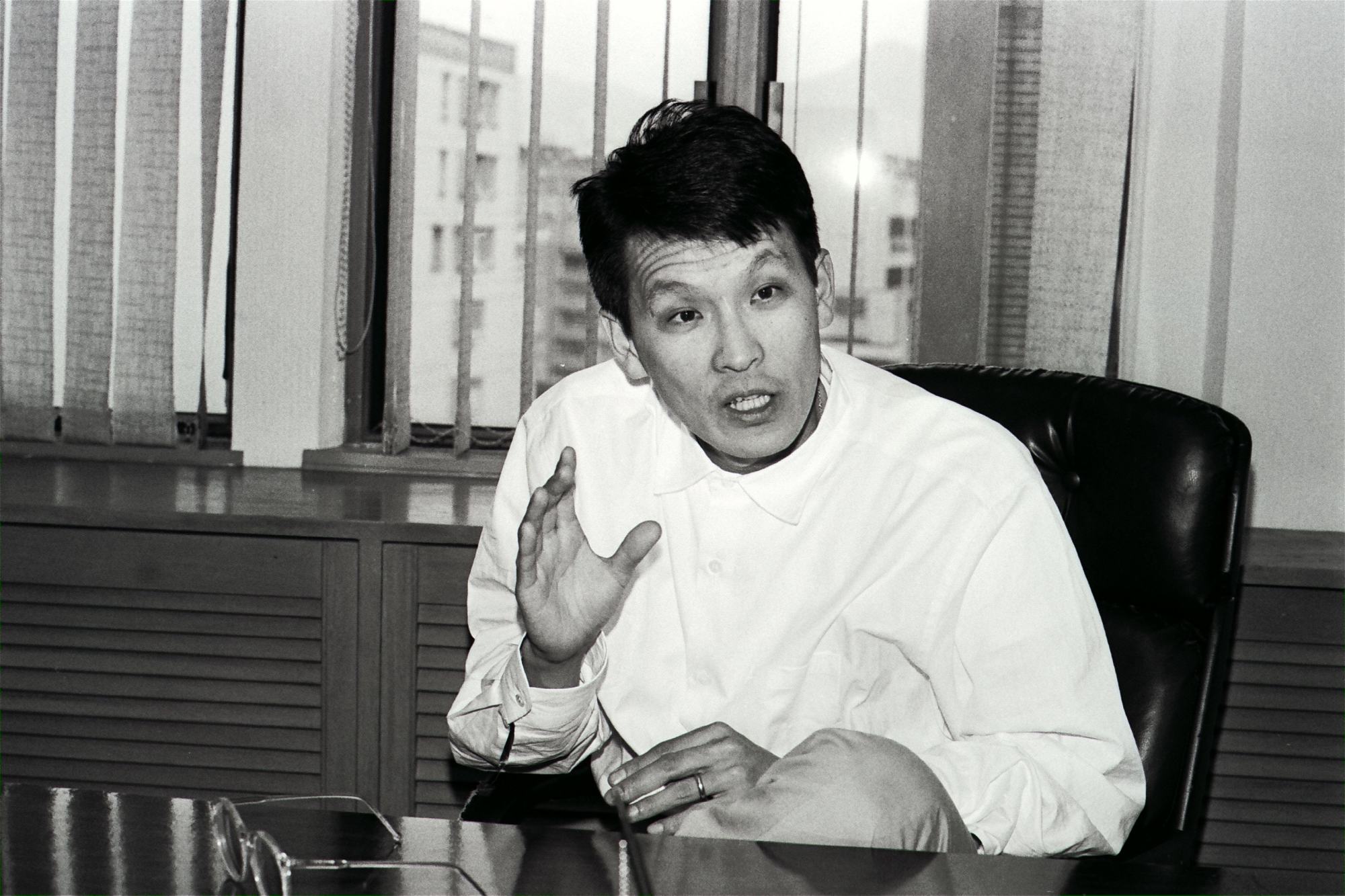
Montello adds that the film helped non-Asian viewers to gain an understanding of the Asian-American community.
“It also showed that independent cinema could be a forum for Asian-American voices during a time when bold independent cinema, by directors like Jim Jarmusch and Spike Lee, was starting to penetrate into the mainstream,” he says.
Wang’s next film, Dim Sum: A Little Bit of Heart (1985), was very different. Also set in San Francisco’s Chinatown, the light ensemble drama revolves around an old woman trying to set her affairs in order before she dies.
It is a much more polished film, one that has drawn comparisons with the work of Japanese master Yasujiro Ozu. Compared to the frantic camerawork in Chan Is Missing, Wang hardly moved the camera at all in Dim Sum.
“We were building on the idea in Chan Is Missing that we are not just one kind of people. There are so many different types of Chinese Americans. We were also dealing more with the women than the guys, because Chan was very male,” Wang said.
After that, Wang made the thriller Slam Dance (1987), which had no Chinese components. He certainly seems to enjoy variety.
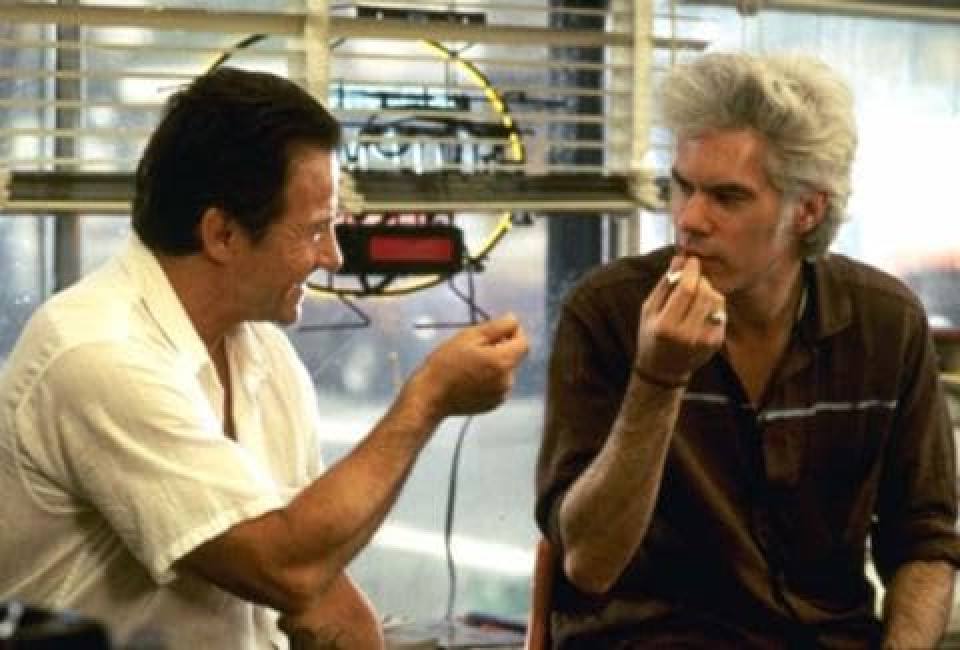
Wang is known for making all kinds of different films in different ways. He made the unscripted Blue in the Face (1995), which featured cool New Yorkers Lou Reed and Jarmusch, and the glossy studio picture Maid in Manhattan (2002), which starred Jennifer Lopez. He has said that he’s interested in exploring different genres.
There is a connection between them, Montello notes. “Wang has made many different types of films, but one can point to some stylistic similarities,” he says.
“His films are concerned with a form of cinematic transmutation, where real characters, communities, stories and locations give life to the humour, romance, and wit of his scripts and source materials.
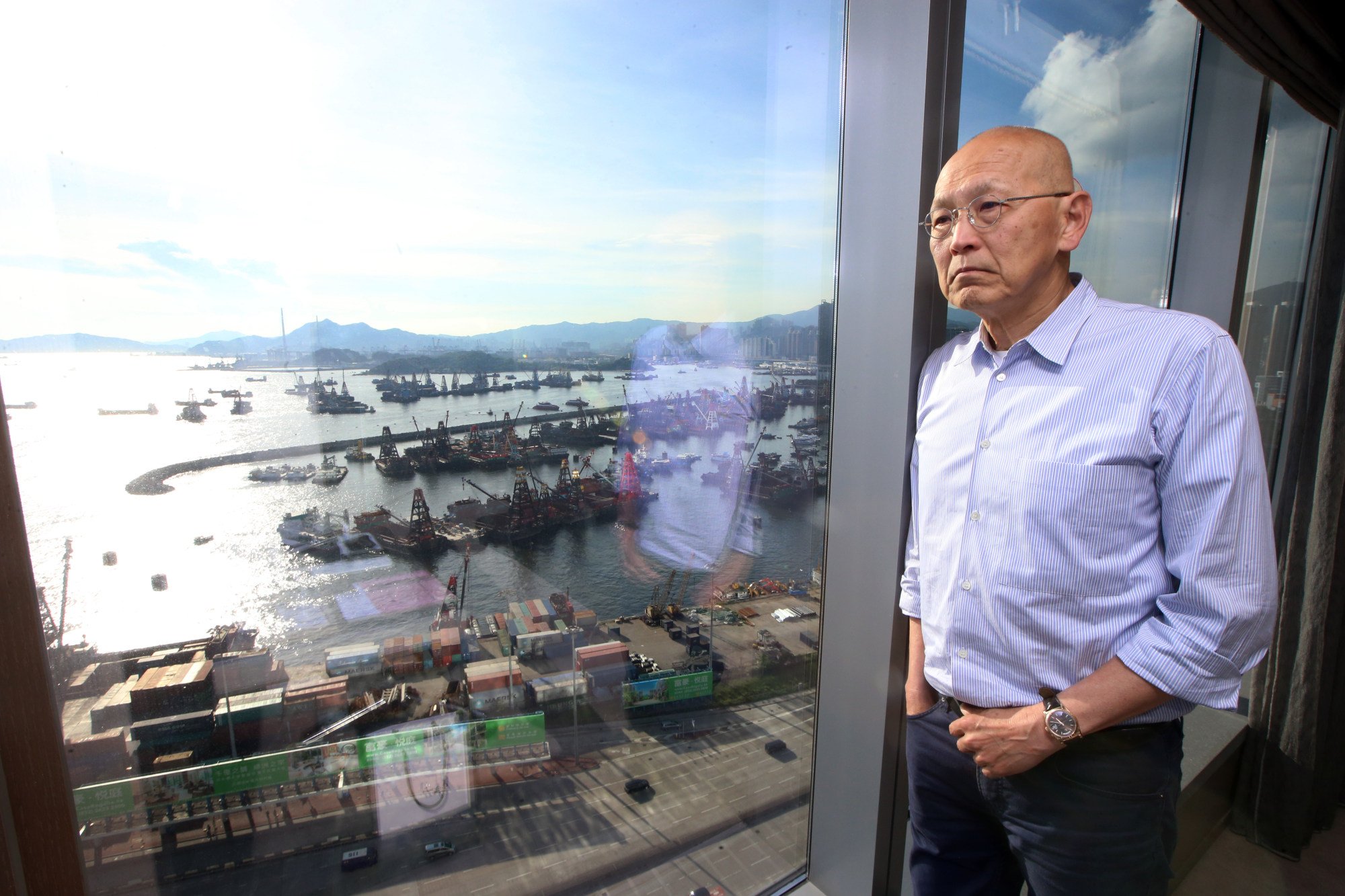
“From the beginning, Wang had a voracious appetite for filmmaking that was similar to that of his indie contemporaries. Films like Chan is Missing and Life is Cheap [ … But Toilet Paper is Expensive], for example, call attention to film genres and tropes, particularly with regard to the intersection of Asian stereotypes and film archetypes.
“But these references are frequently skewed and subverted with a wry postmodernism that fuses them with a gritty reality,” Montello says.
Wang’s film Eat A Bowl of Tea (1989), a story about families being reunited after the lifting of the Chinese Exclusion Act – which forbade Chinese immigration to the US – had a section set in Hong Kong.
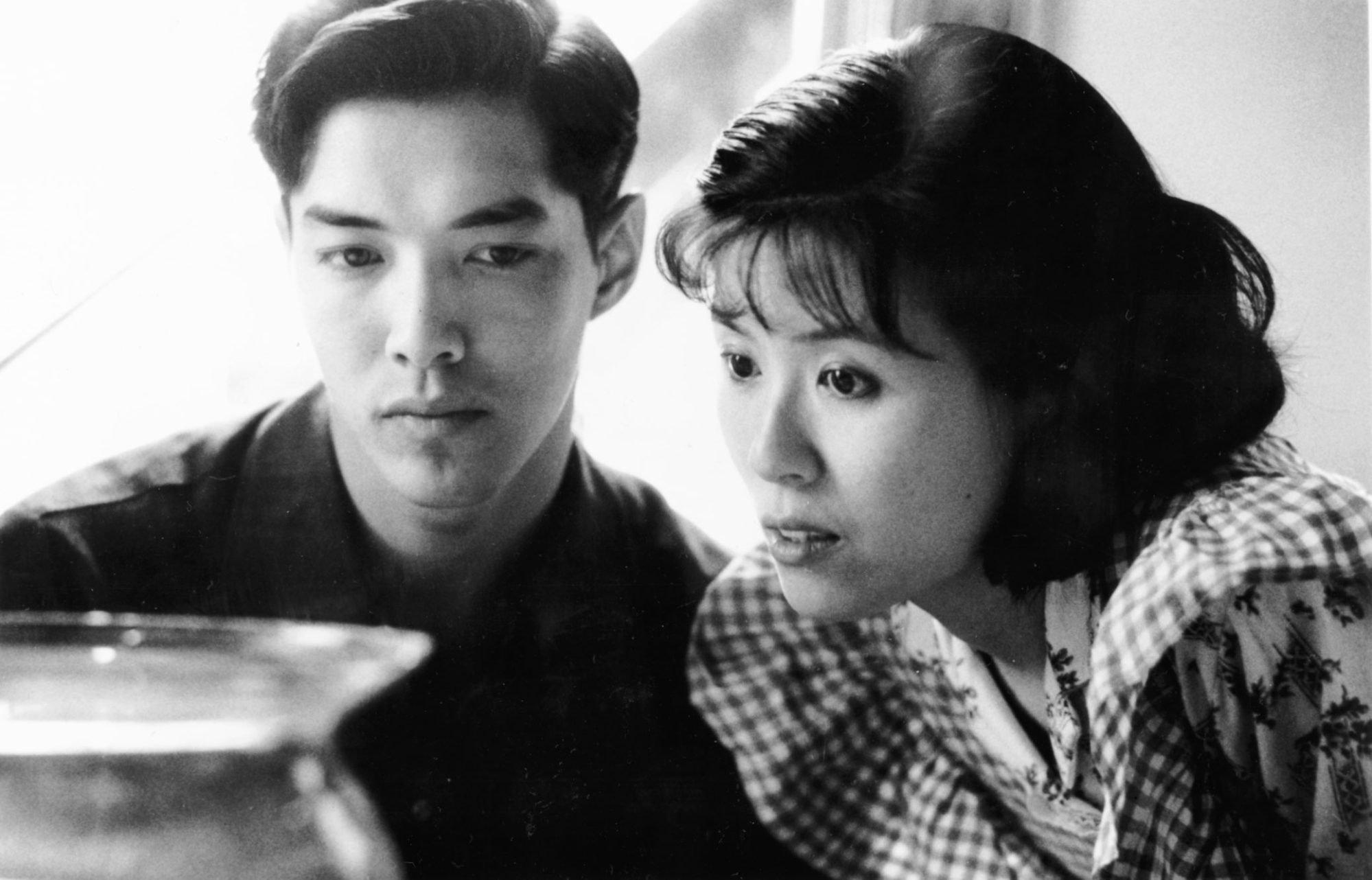
The American interiors in the film, which was partially financed by Hong Kong bankers, were also shot in the city. Wang told movie news outlet The Film Stage that he found the experience of shooting back in Hong Kong frustrating.
“I was so frustrated with some of the things that happened while we were shooting Eat a Bowl of Tea – with the gangsters, actually,” he said. “For example, one day we were shooting outside an old building and it was the third day of a shoot. We were finishing up, and we had to put up these white silks to block out the sunlight.
“All of a sudden, we were surrounded by gangsters, and the lead gangster guy came out and said, ‘My driver died this morning, and it’s because you put up white all over my territory, as white is the colour of death. You’ve got a debt to my community. So you guys have to get out of it.’ That kind of thing just happened, you know?” Wang said.
After Eat a Bowl of Tea, the filmmaker stayed on to make Life Is Cheap … But Toilet Paper Is Expensive (1989) in Hong Kong. That film was a scathing attack on the social mores of the city.
In a review entitled “Cheap Shot at Hong Kong”, the Post noted it was a “splintered and shapeless attack on Hong Kong mores – [highlighting] the pursuit of wealth at any cost, the evils of colonialism and Confucianism – which loses its way from the start”.
Wang countered that he was trying to say that “people’s relationships should be defined by human feelings rather than face, honour, tradition, or power”.
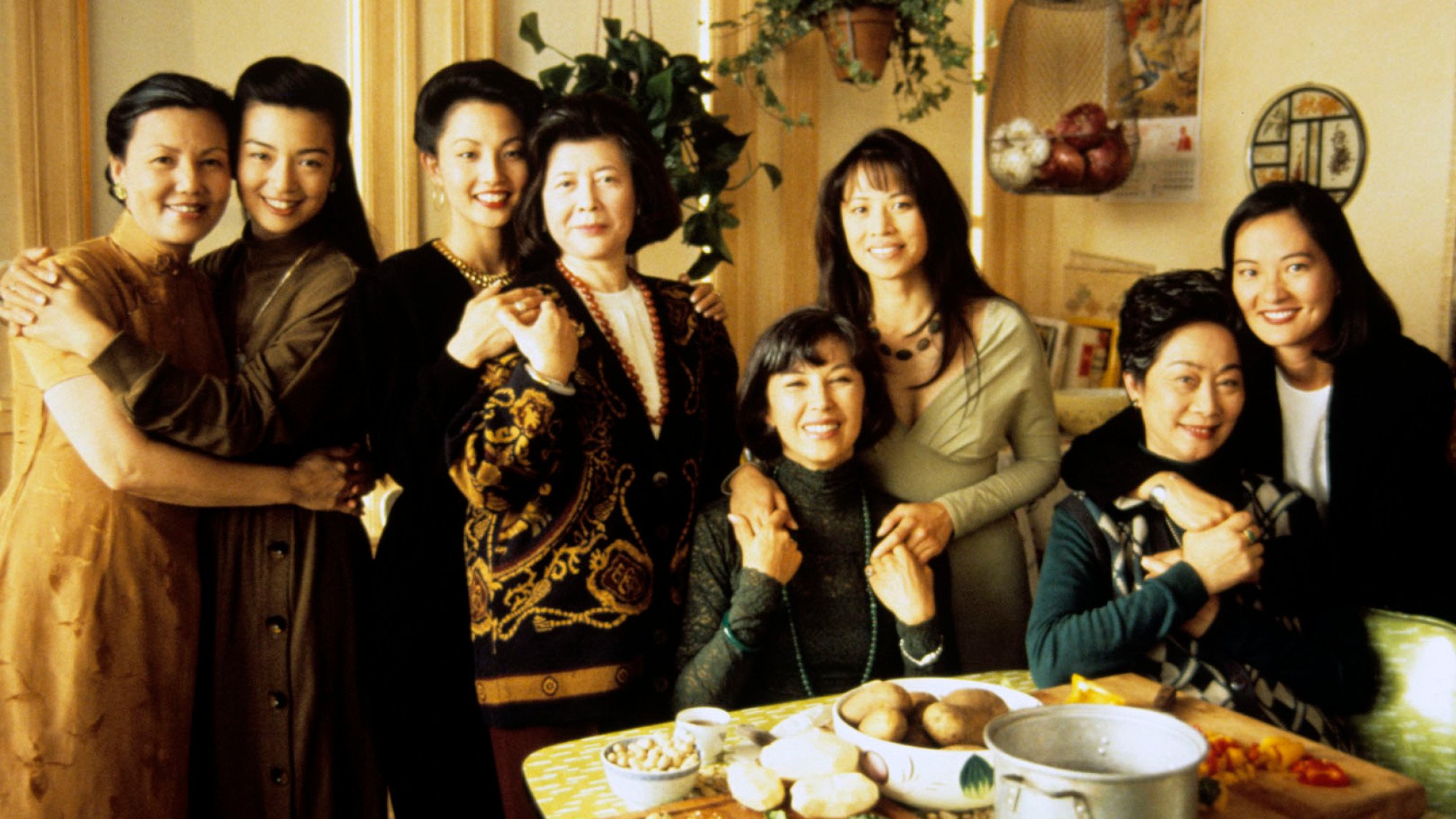
But the film still left a mark. “It seemed that practically every article about the release of Crazy Rich Asians in 2018 noted that it was the first American film with a predominantly Asian cast since The Joy Luck Club,” Montello says.
In this regular feature series on the best of Hong Kong cinema, we examine the legacy of classic films, re-evaluate the careers of its greatest stars, and revisit some of the lesser-known aspects of the beloved industry.

